Frequently asked questions
Company News
- Aluminum veneer customization, creating exclusive space aesthetics
- Aluminum veneer customization, creating personalized spatial aesthetics
- Aluminum veneer curtain wall: the "fashionable coat" of modern architecture
- Aluminum veneer curtain wall, the fashionable coat of architecture
- Fluorocarbon baked paint aluminum veneer: a rising star in the aluminum industry and a symbol of environmental protection and fashion
Industry dynamics
- Aluminum veneer: the invisible hero of the construction industry
- Cutting and processing technology of imitation wood grain aluminum veneer
- Market supply and demand dynamics and analysis of aluminum veneer prices
- Characteristics and application fields of curved fluorocarbon aluminum veneer
- Fluorocarbon baked paint aluminum veneer: the new favorite of aluminum materials, the perfect combination of fashion and durability
Frequently asked questions
- What are the sustainability indicators of aluminum veneer in building exterior design?
- Can the insulation function of aluminum veneer reduce indoor noise?
- What is the thermal conductivity of aluminum veneer?
- How to evaluate the impact of aluminum veneer's removability on the appearance of buildings?
- Can aluminum veneer be used for building facade design?
contact us
Mobile:+86 15627778610
Email: 2201229786
Address: No. 5 Binjiang Road, High tech Zone, Zhaoqing City, Guangdong Province
Is aluminum veneer prone to deformation?
- Author: Supreme Building Materials (Guangdong) Co., Ltd
- Release time: 2022-02-25 08:40:51
- Click:0
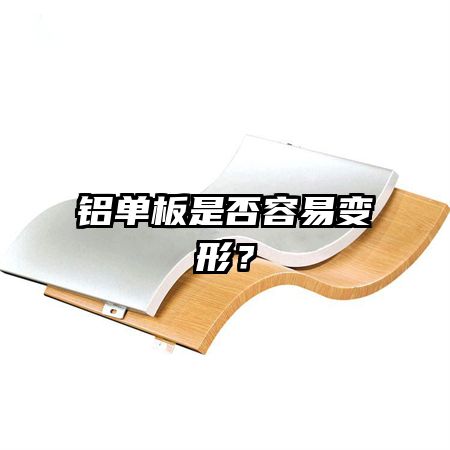
Aluminum veneerIs it easy to deform?
Aluminum veneer is a commonly used building decoration material, which has the advantages of lightweight, corrosion resistance, and easy processing. However, many people are concerned that aluminum veneers may deform due to external forces, affecting their service life and aesthetics. This article will elaborate on whether aluminum veneer is prone to deformation from four aspects.
1、 Material properties
Firstly, aluminum veneer has excellent strength and stability, and is not easily deformed. Its surface has undergone oxidation treatment and has good corrosion resistance and wear resistance, without deformation caused by environmental factors. In addition, aluminum veneer also has good rigidity and wind pressure resistance, and can withstand large external forces.
However, the thickness of aluminum veneer can also affect its deformation. If the thickness of the aluminum veneer is too thin, it is easy to deform under external force; On the contrary, if the thickness of the aluminum veneer is too thick, it not only increases the cost, but also increases the weight, which is not conducive to installation and handling.
In summary, the material properties of aluminum veneer have a significant impact on its susceptibility to deformation.
2、 Installation method
The installation method of aluminum veneer can also affect its susceptibility to deformation. Generally speaking, aluminum veneers installed in a dry hanging manner are less prone to deformation. This is because dry hanging installation can effectively disperse external forces, making the aluminum veneer uniformly stressed and reducing the possibility of deformation.
In contrast, if adhesive installation is used, aluminum veneer is prone to deformation under external forces. This is because adhesive installation will cause overall stress on the aluminum veneer, and the adhesive force of the adhesive is not as strong as the support force of the dry hanging system, which can easily lead to deformation of the aluminum veneer.
3、 Temperature variation
Temperature changes are also one of the important factors causing deformation of aluminum veneer. Aluminum veneer is prone to expansion in high temperature environments, while it is prone to contraction in low temperature environments. This expansion and contraction change will affect the shape of the aluminum veneer, causing it to deform.
To avoid this situation, it is recommended to consider the factor of temperature changes in the design and installation process of aluminum veneer. For example, measures such as expansion joints can be used in design to provide sufficient space for aluminum veneer to expand and contract when subjected to temperature changes, reducing the possibility of deformation.
4、 External force action
The last factor is external force. Aluminum veneer is subjected to various external forces during use, such as wind, earthquakes, impacts, etc. These external forces may cause deformation of the aluminum veneer.
To avoid this situation, it is recommended to consider external forces in the design and installation process of aluminum veneer. For example, reinforcement bars and other measures can be used in the design to increase the strength and stability of aluminum veneer; Dry hanging installation can be used during installation to disperse the effect of external forces.
5、 Summary
In summary, whether aluminum veneer is prone to deformation depends on factors such as material properties, installation methods, temperature changes, and external forces. If these factors are taken into account during the design and installation process, the thickness and installation method of aluminum veneer can be reasonably selected, and corresponding measures can be taken to effectively avoid the deformation problem of aluminum veneer.

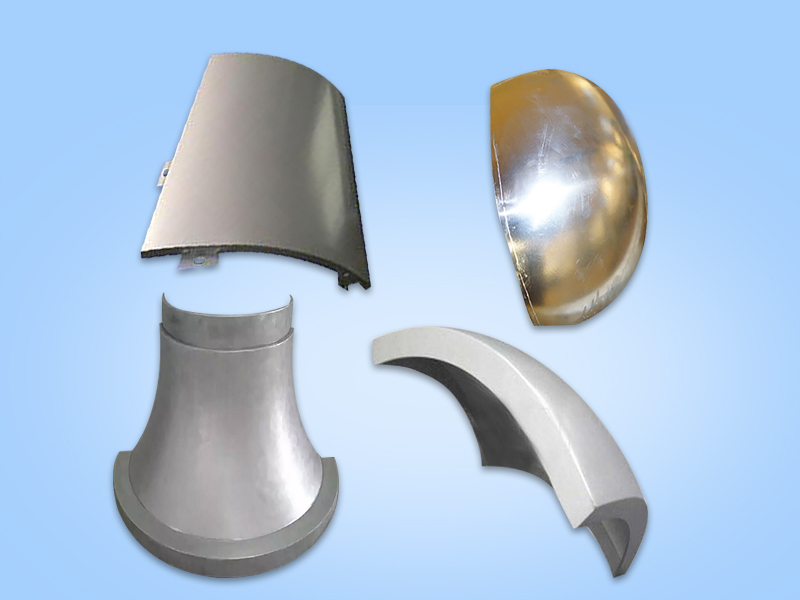
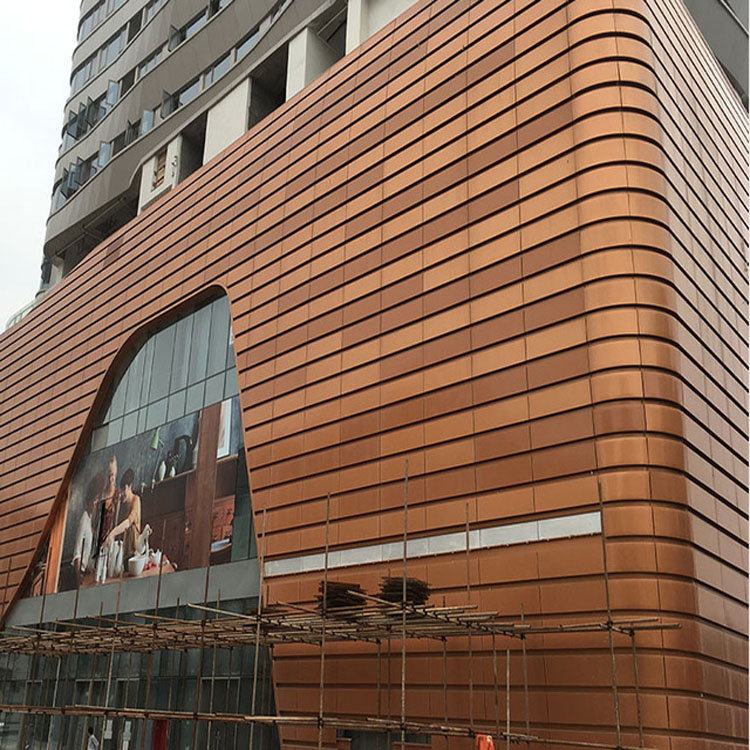
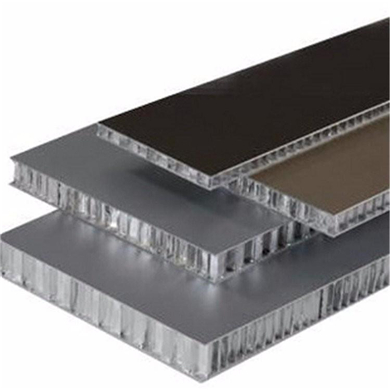
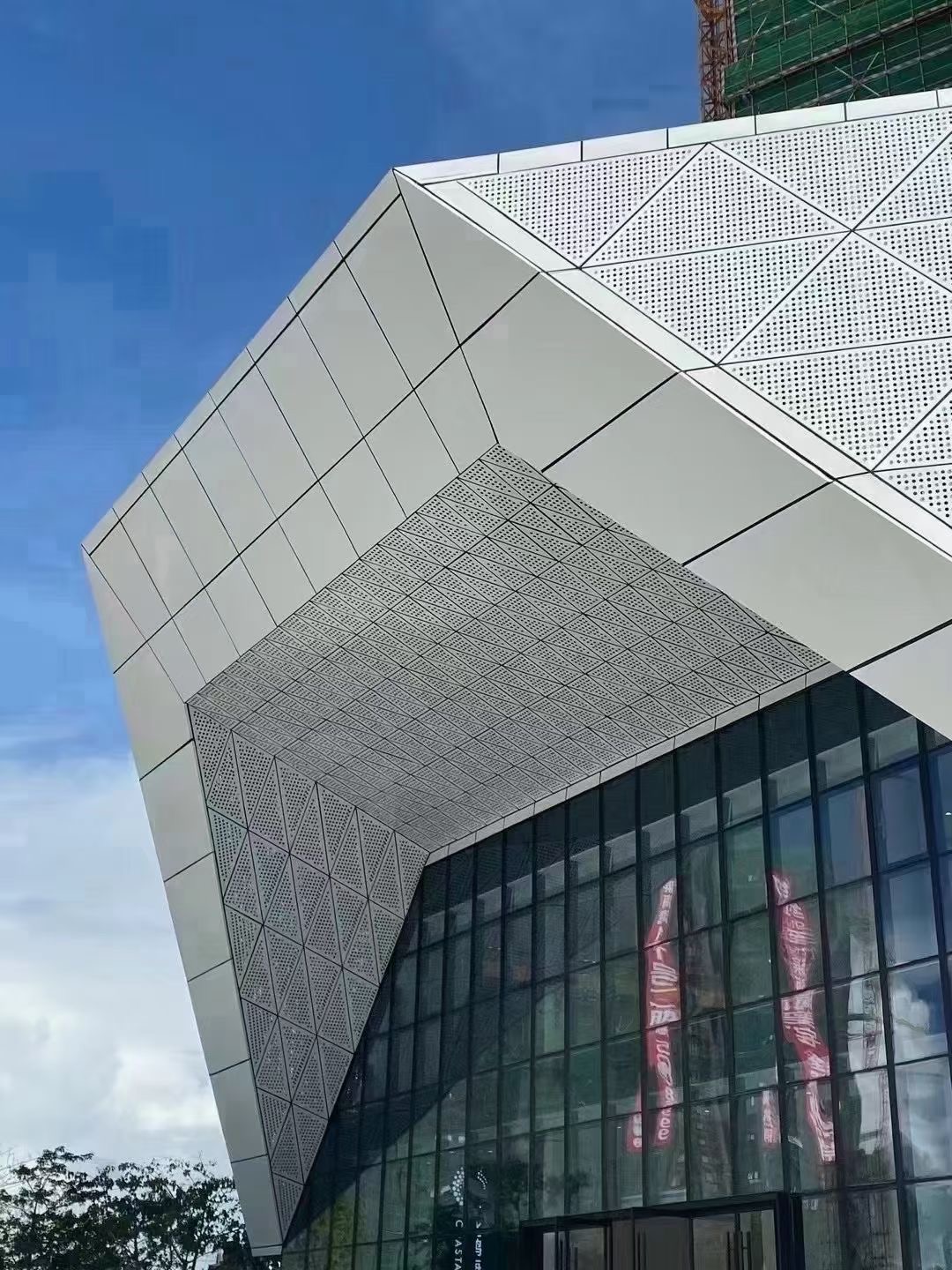
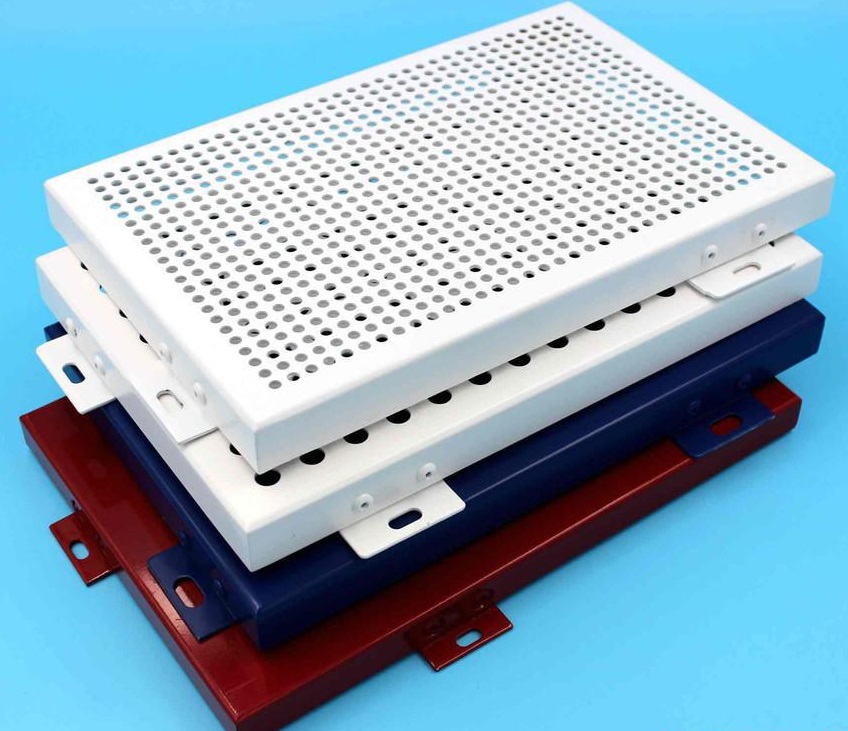
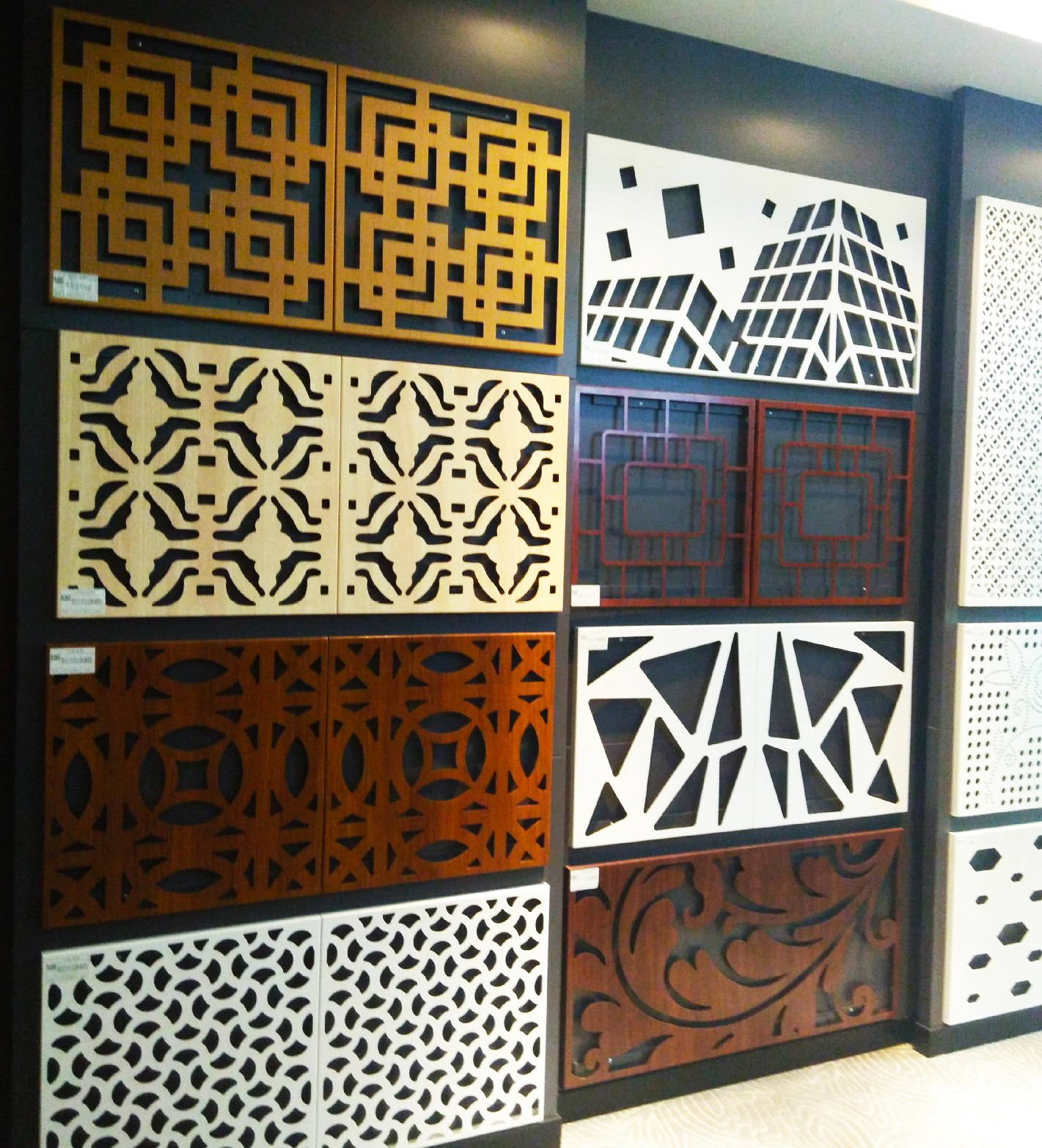
 Customer service QQ
Customer service QQ